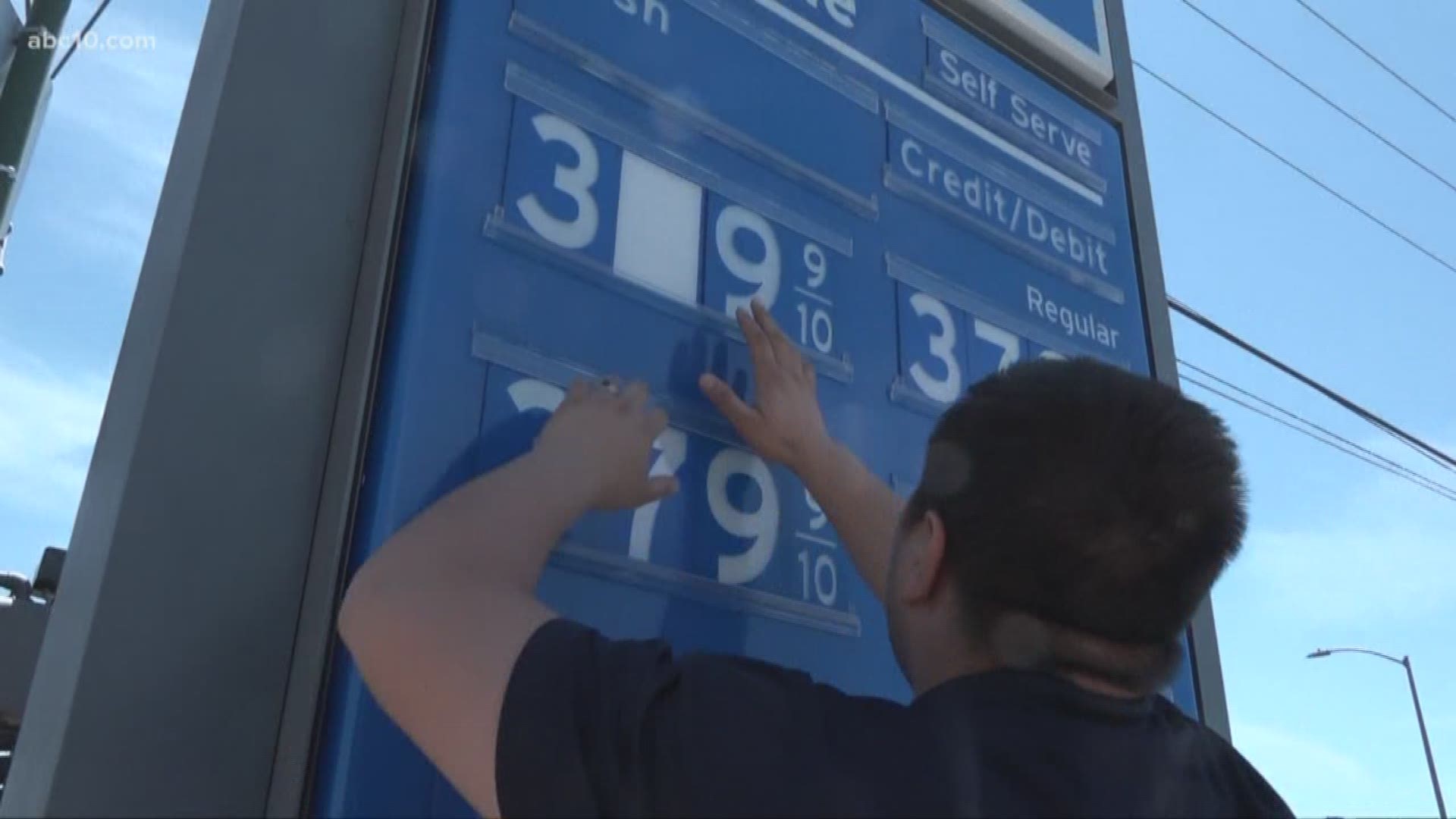SACRAMENTO, Calif. — Before 2010, California drivers paid an excise tax of 18 cents for a gallon of gasoline.
Today, drivers pay 47.3 cents. Because of this new tax, California now has the highest gas tax in the country.
So, how did we get to this point?
Before 2010
According to the Tax Policy Center, drivers paid an excise tax of 18 cents for a gallon of gas, as well as an 8.25 percent state sales tax, the local sales tax, and 1.4 cents per gallon tax used to fund cleanups of old gas station sites with leaking underground fuel tanks before 2010.
RELATED:
After 2010
California Gas tax has gone up and down six times from 2010 to 2019.
California initiated a "tax swap" in 2010 that reduced the gasoline state sales tax to 2.25 percent, but added an excise tax of 17.3 cents per gallon. The Tax Policy Center said the purpose of this was to raise the same amount of money as the previous system, but the new excise tax was slowly raised and adjusted each July to retain revenue neutrality.
California raised the excise tax as the gasoline prices increased, reaching 39.5 cents in July 2013, according to the Tax Policy Center. The tax dropped as the price of gas did, as well. It decreased to 36 cents in 2014 and fell again in 2016 to 27.8 cents, according to the Tax Policy Center.
After 2017
California then added 12 cents to the gas tax in 2017 to help generate $5 billion a year for road and mass transit programs, which brought the gas tax up to 41.7 cents a gallon.
After July 1, 2019
The 5.6 cent gas tax increase on July 1 brought the total to 47.3 cents.
The value of that tax fell by nearly 60 percent because of inflation, according to the Tax Policy Center.
California is also scheduled to charge drivers a $100 fee on zero-emission vehicles that will begin in 2020.

